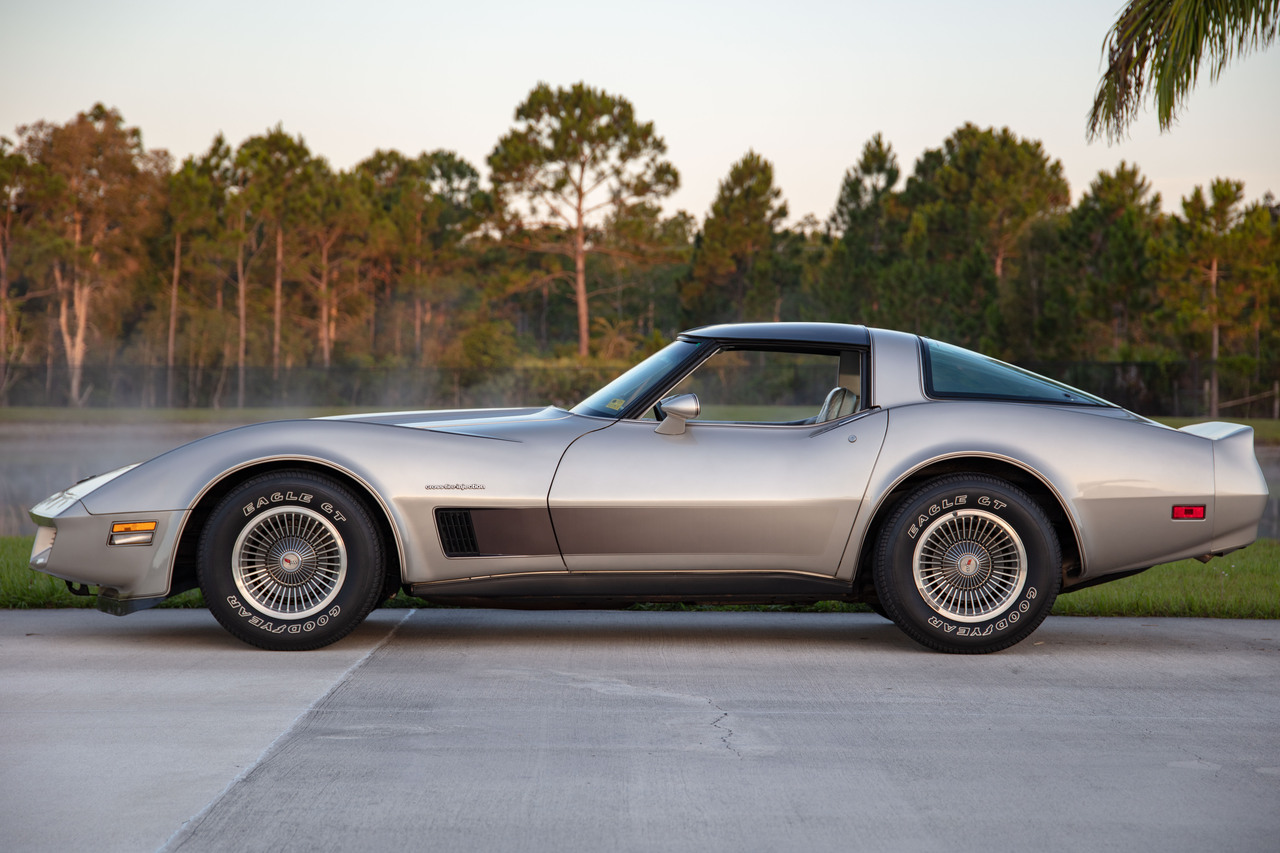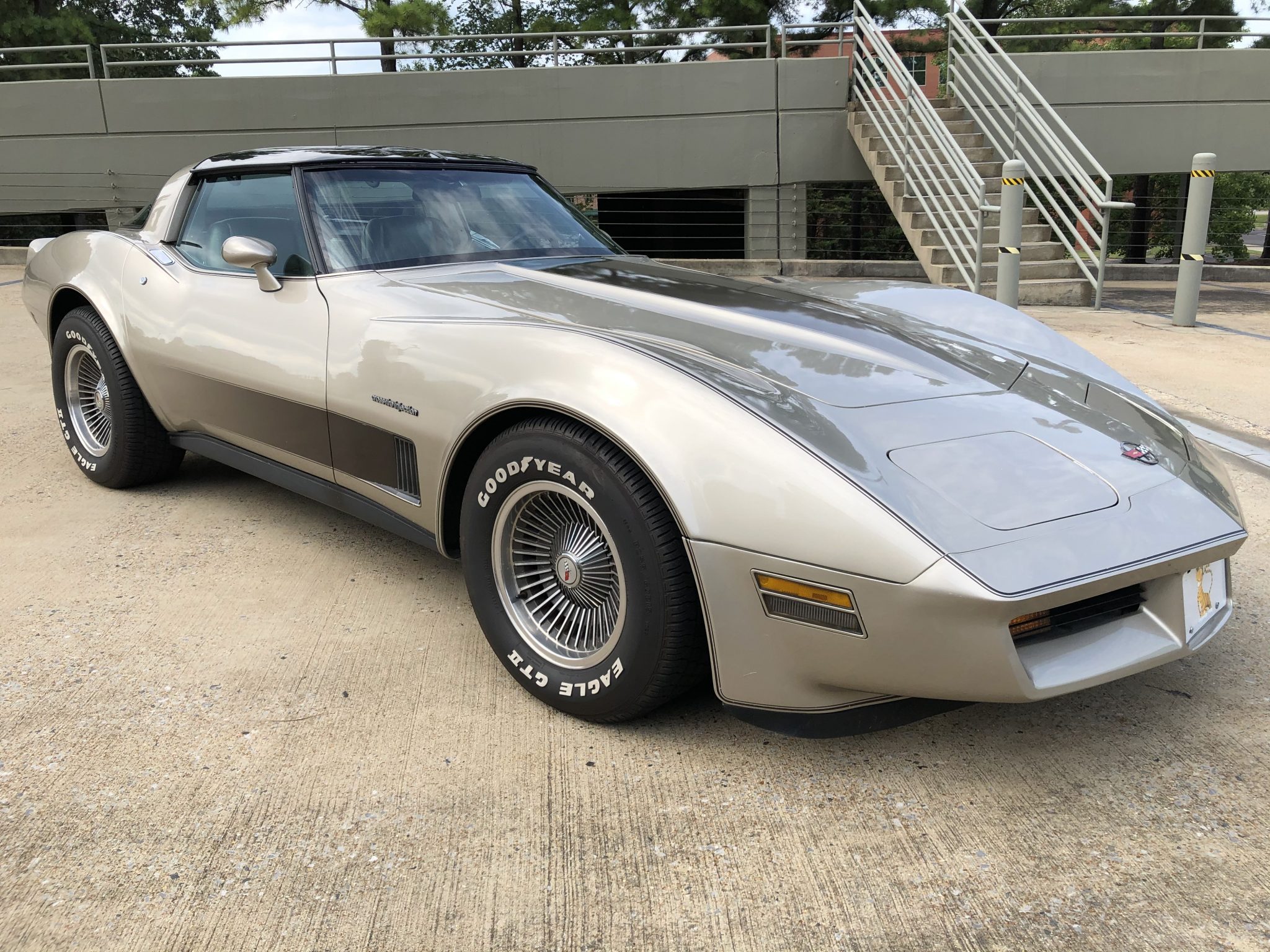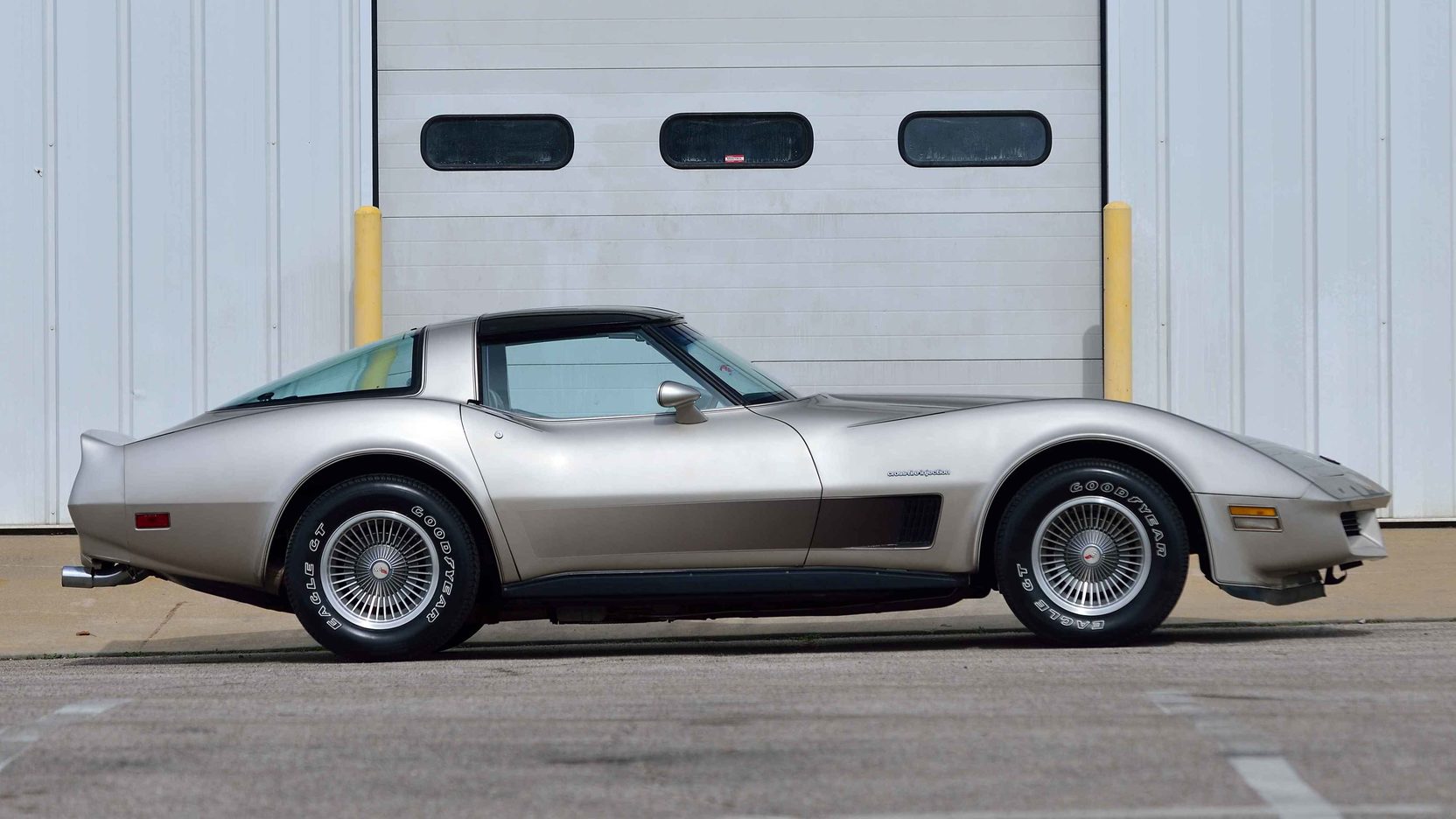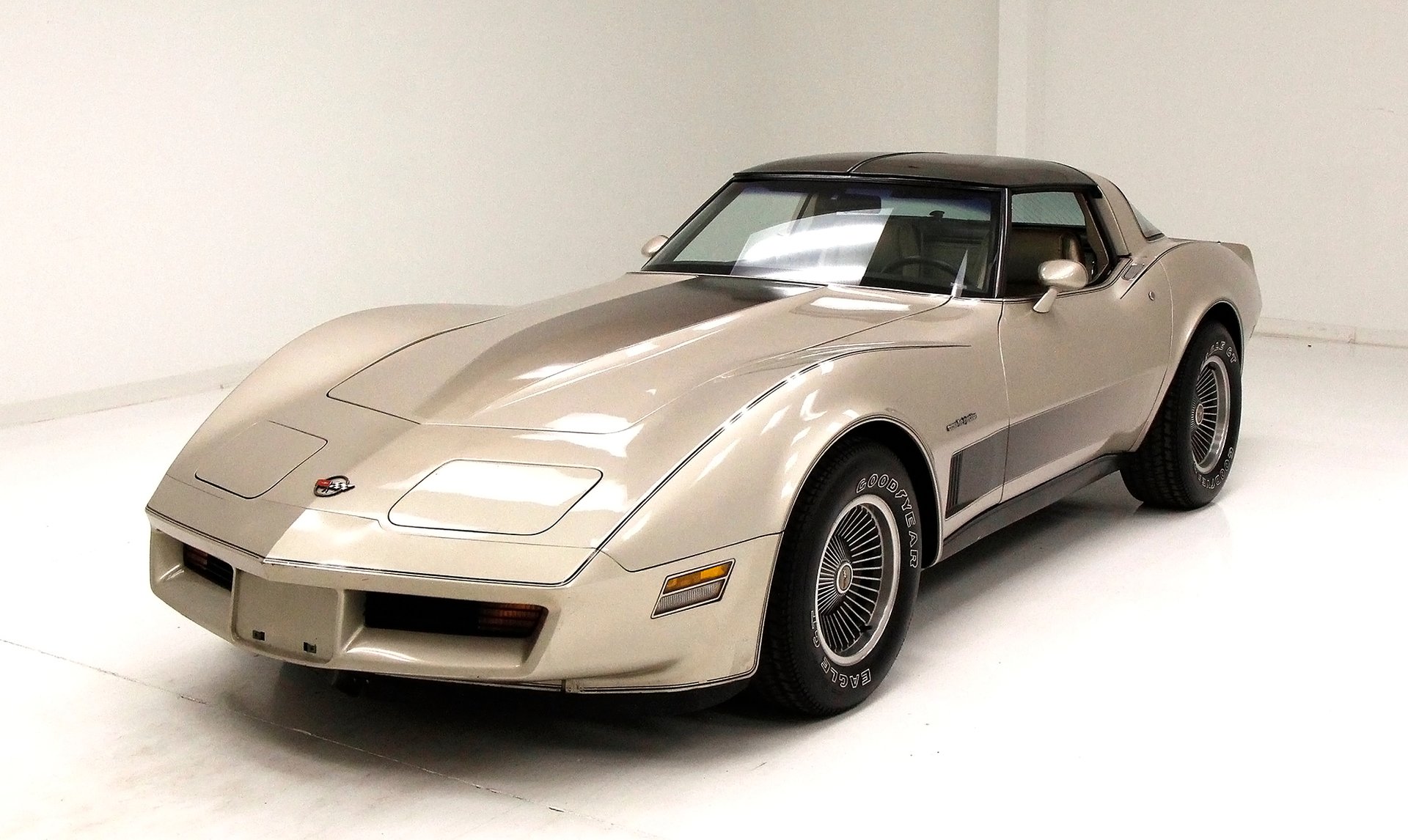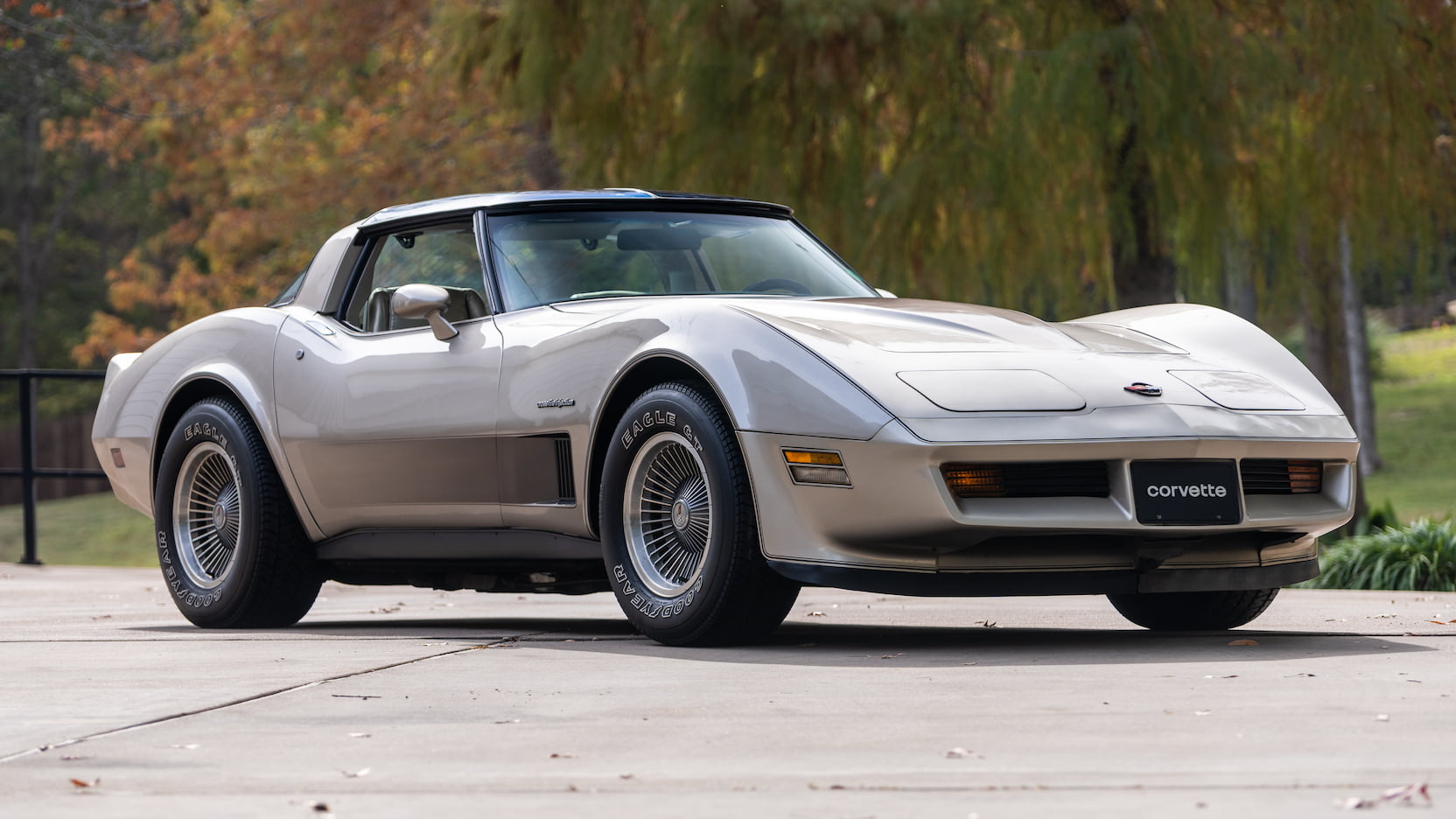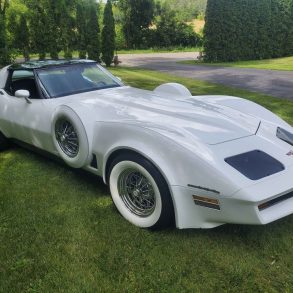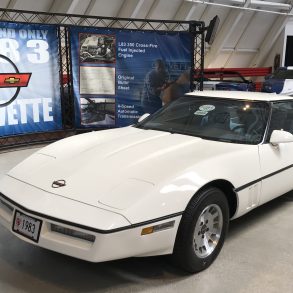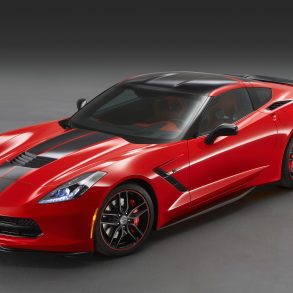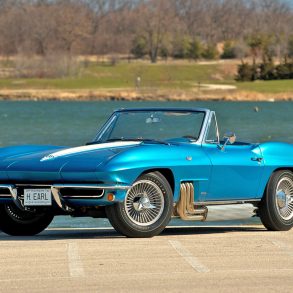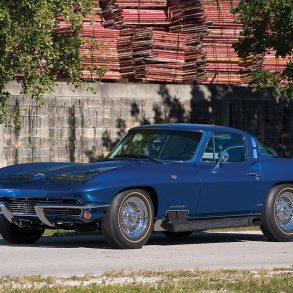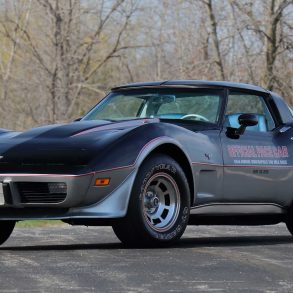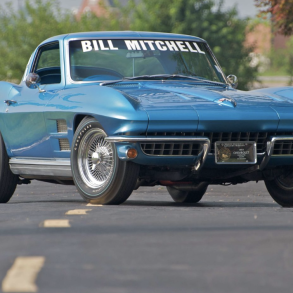1982 Chevrolet Corvette Collector Edition Guide
To celebrate the departure of the third-generation Corvette, Chevrolet decided to offer a final commemorative “Collectors Edition” model. However, recalling their experience with the 1978 Pace Car Replicas – namely, the number of bogus Pace Cars that were created by consumers who converted base level coupes into Pace Car “clones” – it was decided that the 1982 Collector Edition Corvettes would be built only “as needed” to satisfy customer orders. Additionally, unique vehicle identification plates were affixed to help further deter someone from turning a standard car into a Collectors Edition knock-off.
For many enthusiasts and critics alike, the 1982 Collectors Edition Corvette was the best C3 of them all. David McLellan stated that it was “a unique combination of color, equipment and innovation (resulting in) one of the most comprehensive packages ever offered to the Corvette buyer.”
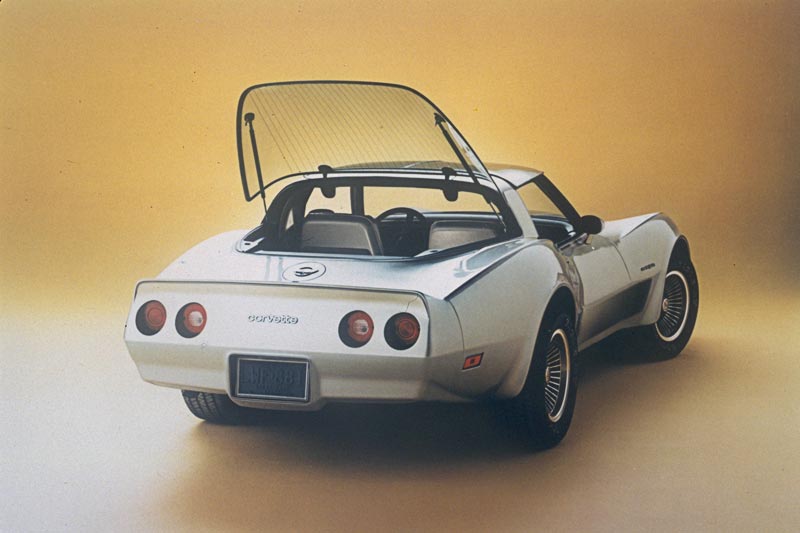
First and foremost, the 1982 Collectors Edition Corvette introduced a frameless lifting rear-glass hatchback – a Corvette first – in place of the customary fixed backlight (which had been standard on the C3 since its introduction in 1968.
The introduction of the rear hatch on the Collectors Edition C3 was a definite precursor to the next-generation C4 Corvette. Aside from the glass hatch, the Collectors Edition also featured many unique accouterments that set it apart from other 1982 Corvettes.
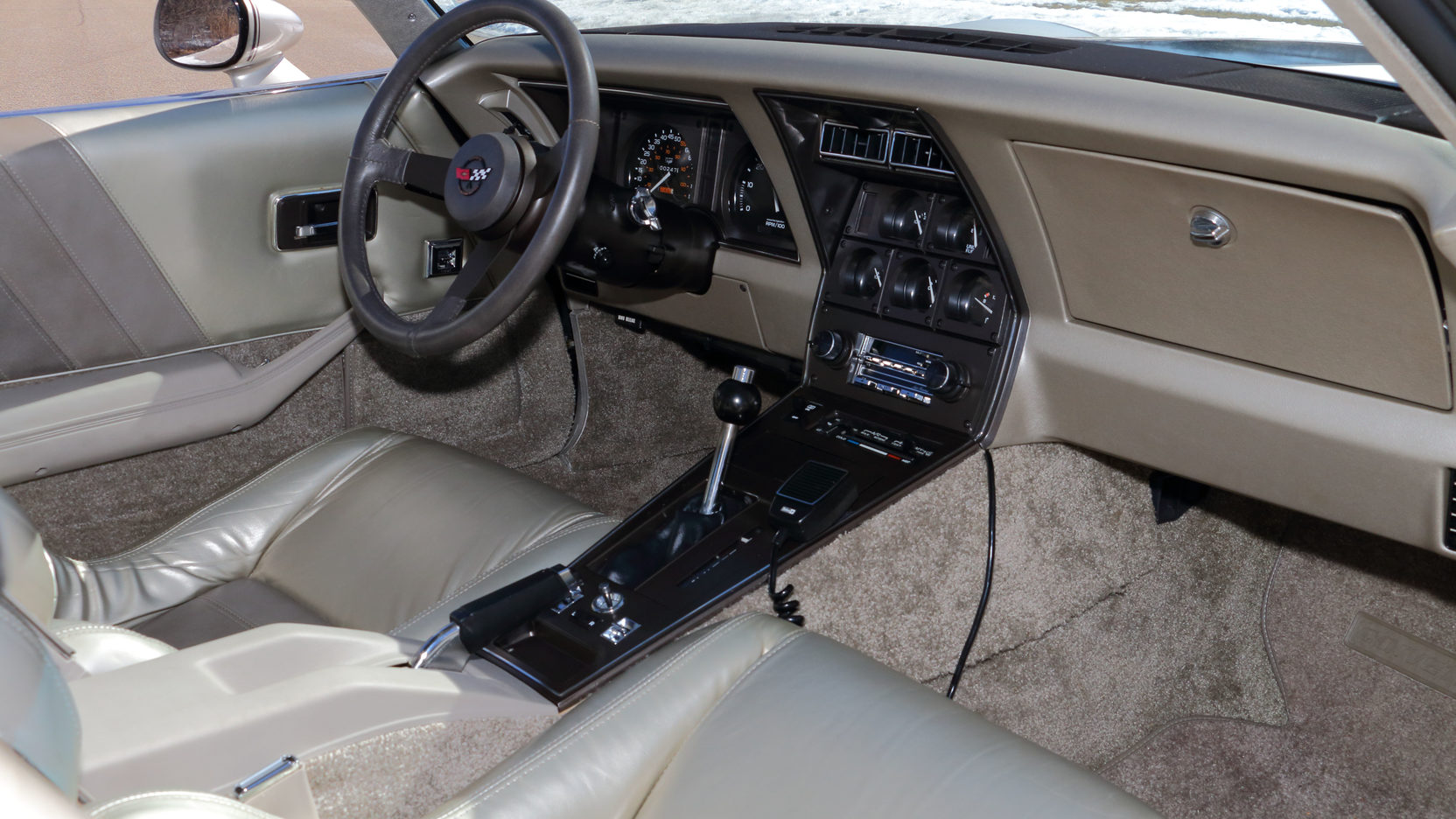
Outwardly, the car featured cloisonne emblems – including a special crossed-flag emblem on the hood that read “Corvette Collector Edition” around the rim. Addition emblems were located on the rear deck, and steering wheel.
The car was finished in a special silver-beige metallic paint with graduated shadow-like contrast striping on the hood, fenders, and doors. It received special bronze-tinted glass T-tops. It also featured finned “turbine” alloy wheels like the ones first introduced on the 1963 split-window Stingray.
Within the interior of the Collectors Edition, the car featured a silver-beige leather upholstery and door trim that matched the car’s exterior paint color. In addition to the leather upholstery, the steering wheel also received a matching hand-sewn leather wrap including the horn cap.
High end, color-matched, luxury carpeting was also installed in all Collector coupes. An optional radio was also offered at a reduced price to consumers purchasing the Collectors Edition package. RPO UN5, a Delco ETR AM/FM stereo with cassette deck and CB radio, could be purchased at a discounted $695.00 instead of the regular price of $755.00.
The 1982 Collector Edition Corvette Coupe carried a special VIN code (which could be used to uniquely identify a real car from a clone). It was represented with the number ZERO in the sixth digit, though the collectors edition Corvettes did not have a separate serial number sequence.
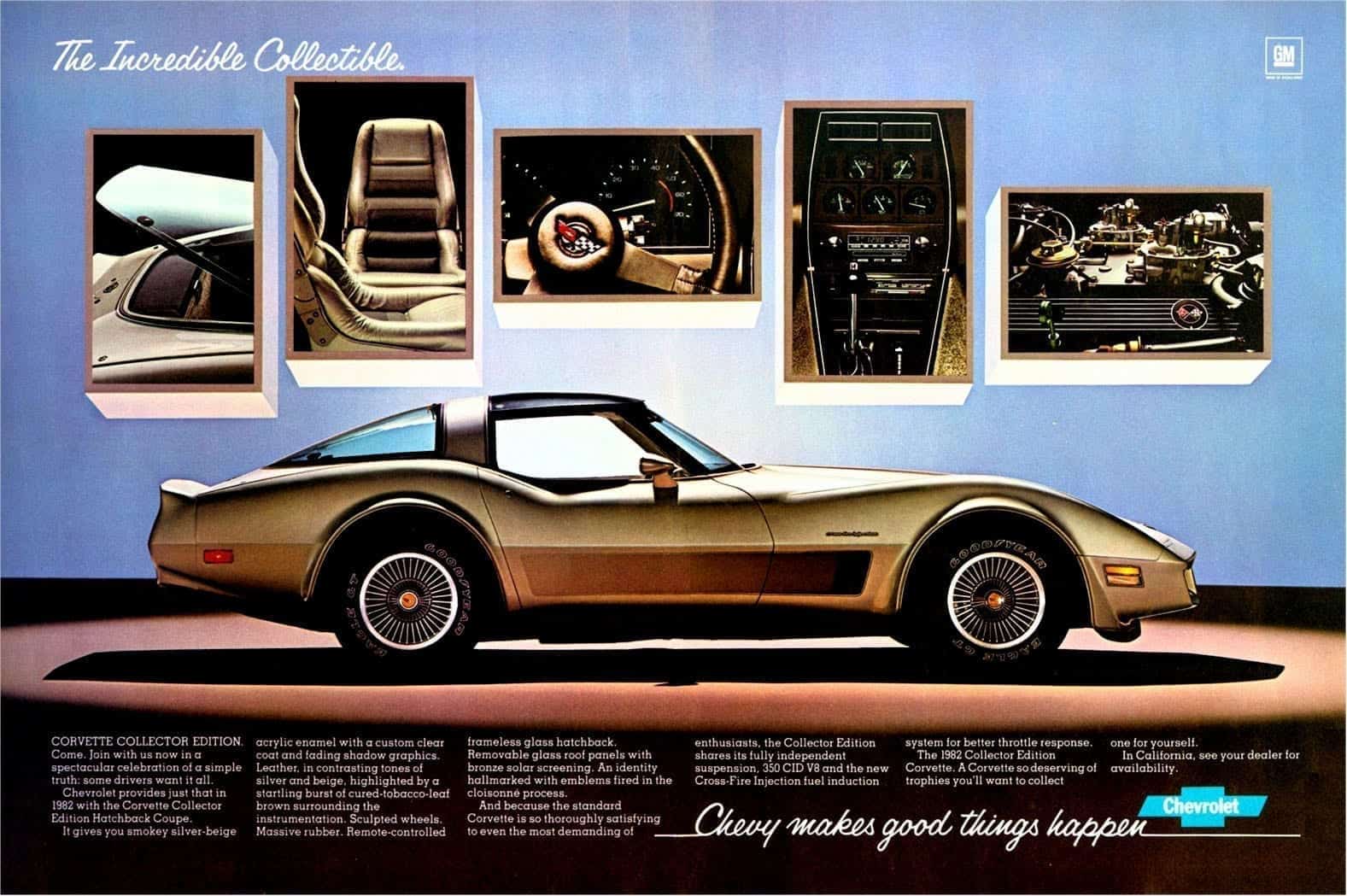
In addition to its unique VIN number, the 1982 Collector Edition Corvette was the first Corvette to break the $20,000 price barrier. The new coupe, which listed at $22,537.59, was considerably more advanced – and more expensive – than a well equipped 1968 coupe, which would have retailed for around $4600.00. In all, Chevrolet sold 6,759 of the Collector Edition Corvette.


